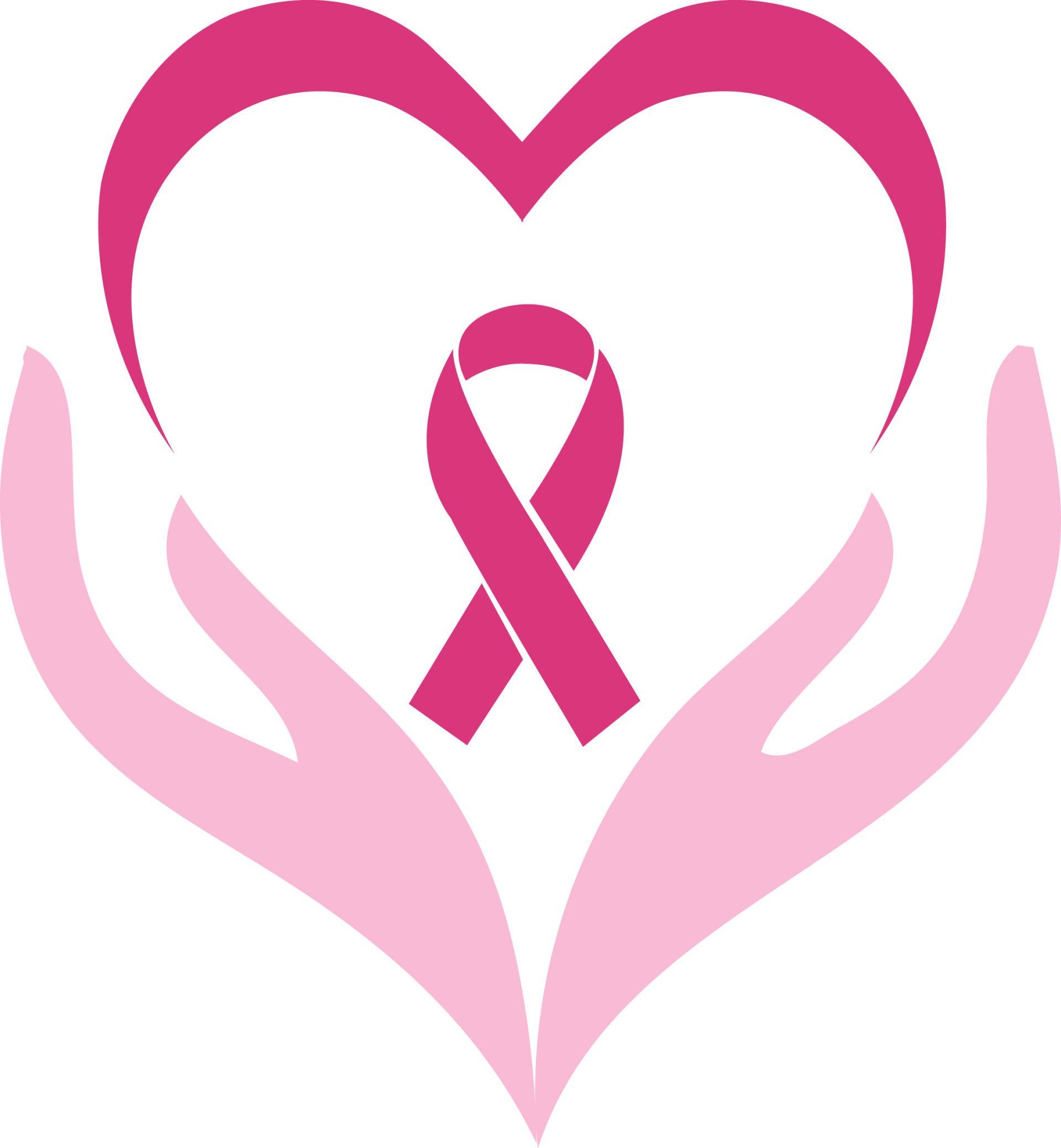Nipple Changes and Breast Change Awareness
It’s never too early to start being breast aware and it’s important to keep it up, even if you’re having regular breast imaging. This will help you to notice any possible changes in your breasts.
Become Breast Aware
You don’t need to be an expert or use a special technique to check your breasts. Take the time to get to know the normal look and feel of your breasts as part of everyday activities such as:
- showering,
- dressing,
- putting on body lotion, or
- simply looking in the mirror.
Knowing what is normal for you will help you to detect any new changes in your breasts.
What Breast Changes Should You Look For?
Breast changes to look for include:
- A new lump or lumpiness, especially if it's only in one breast
- A change in the size or shape of your breast
- Nipple Inversion is those that turn inward rather than protrude outward. While inverted nipples are sometimes called retracted nipples, there is a difference between the two.
- Retracted nipples, instead of sinking or turning inward, rest flat against the rest of the breast when not stimulated.
- A change in the nipple, such as crusting, ulcer, redness or inversion
- Nipple discharge or fluid. Nipple discharge can occur in one or both breasts. All nipple discharges should be seen by a doctor for examination. Nipple discharge can range in colour and consistency, including clear, yellow, green and bloodstained.
- A change in the skin of your breasts such as redness, texture or dimpling
- Unusual pain in your breast. Breast pain is one of the most common breast-related complaints among women. Breast pain may occur in one or both breasts or in the underarm (axilla).
- Swelling or tenderness. Breast swelling is an enlargement of the breast or both breasts compared to your regular breast size and may be accompanied by other symptoms like tenderness (soreness).
Nine out of ten breast changes aren't due to cancer, but it’s important to see a doctor to be sure. If you find a breast change that is unusual for you, see your GP without delay.
What Can Cause Breast Changes?
All changes in your breasts should be monitored and reported to a suitable medical professional for further evaluation. However, it is important to remember that changes can occur for a range of reasons throughout life, and not all changes are related to breast cancer. Always have your doctor examine any changes.
Breasts are made up of milk glands, fat, lymph nodes, blood vessels and nerves. They do not have muscles, but there is some fibrous tissue.
Some lumpiness, tissue that feels like a rope or a thick cord, or dense masses of tissue are usually natural and normal. Usually, normal breast changes develop slowly but you can become suddenly aware of changes, which can make you think that the change has happened overnight.
Breasts are very responsive to hormones in your menstrual cycle, which increase before a period, causing milk ducts and glands to swell. This can create swelling and lumpiness and sometimes be quite painful.
Young women usually have more dense breasts as the breast is made up of mainly milk glands and ducts. Sometimes this thickness is felt as a lump or a mass of tissue. As women age, their breast is mostly fat. By menopause, many women’s breasts are completely soft. This can make normal lumps more noticeable. Sometimes women also find their breasts feel different when they lose or gain weight and sometimes breasts change for no obvious reason.
A range of changes in the body can produce changes in the breast, mostly hormonal changes. The best way to maintain breast health is to be breast aware so you notice any change when it occurs, have annual checkups through your GP which includes a physical breast examination and have regular mammograms and/or breast ultrasounds (generally every two years unless it is recommended by your health professional more often). If you are concerned with any changes in your breasts, it is important to speak with your doctor for further evaluation.
Types of Breast & Nipple Changes
The common pathological breast changes can be categorized into non-cancerous and cancerous changes.
Non-cancerous changes include
- generalised breast lumpiness;
- enlarged lymph nodes;
- painless, movable and firm lumps;
- presence of cysts;
- breast pain;
- abscesses or nipple discharge.
Cancerous changes in the breast include
- invasive ductal carcinoma and
- lobular carcinoma.
Do Breast Changes Increase Cancer Risk?
The normal hormonal changes that occur in your breast do not put you at an increased risk of breast cancer.
You should always follow the recommendations for screening for breast cancer for women of your age and family history.
All women need to be alert to any changes in their breasts that are not usual for them. If you have any change in your breasts that is different from your usual hormonal changes, you should have it checked by your doctor.
If a breast change is having a negative impact on your life have it checked by your GP.
Screening and Breast Imaging
Some changes in your breasts may require medical attention. This will start with a visit to your GP or treating doctor for an examination, which may result in being referred for breast imaging or a biopsy of your breast.
Your doctor will explain the test that they are referring to you for and why this test would be beneficial in understanding the change in your breast.

